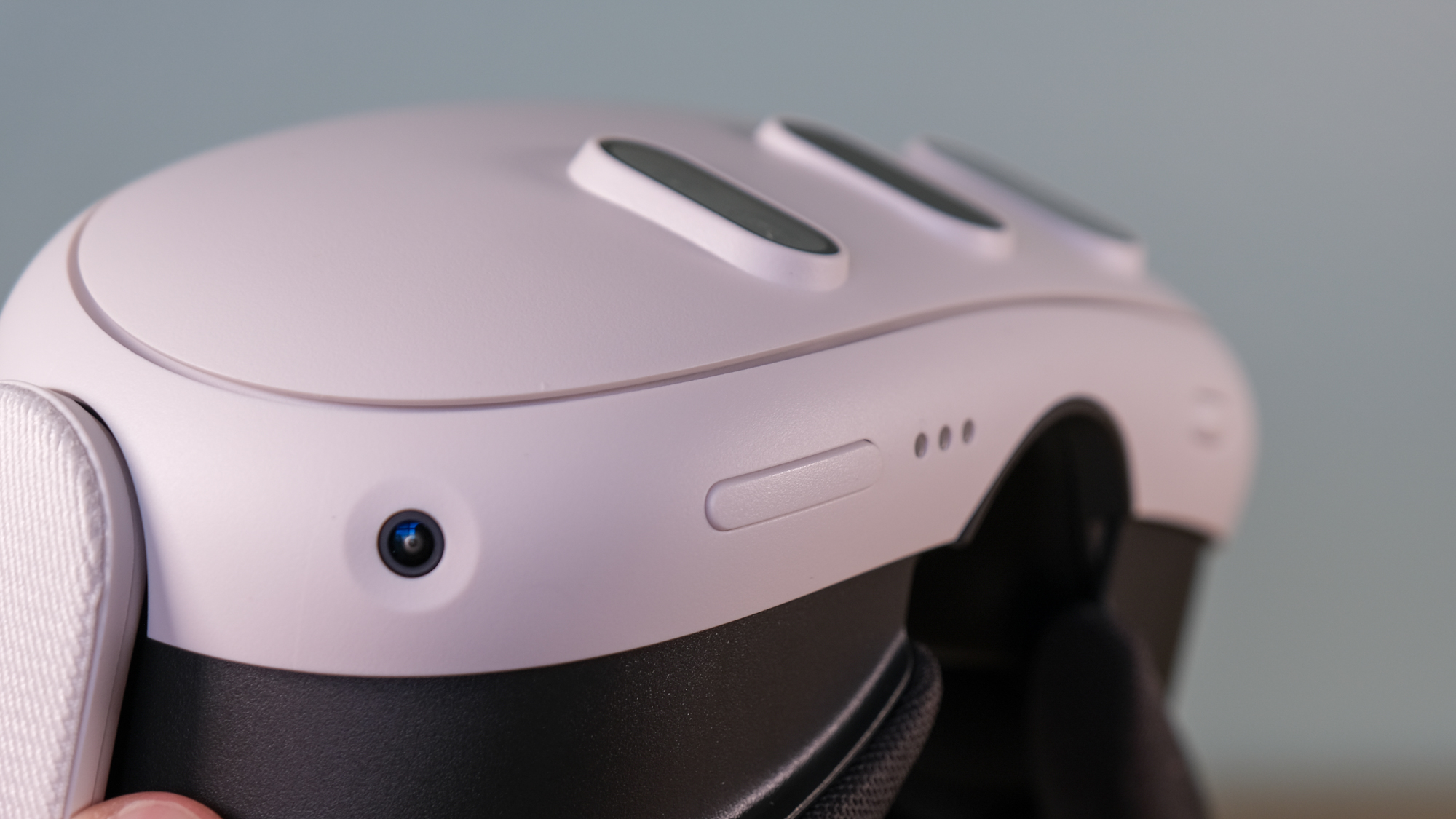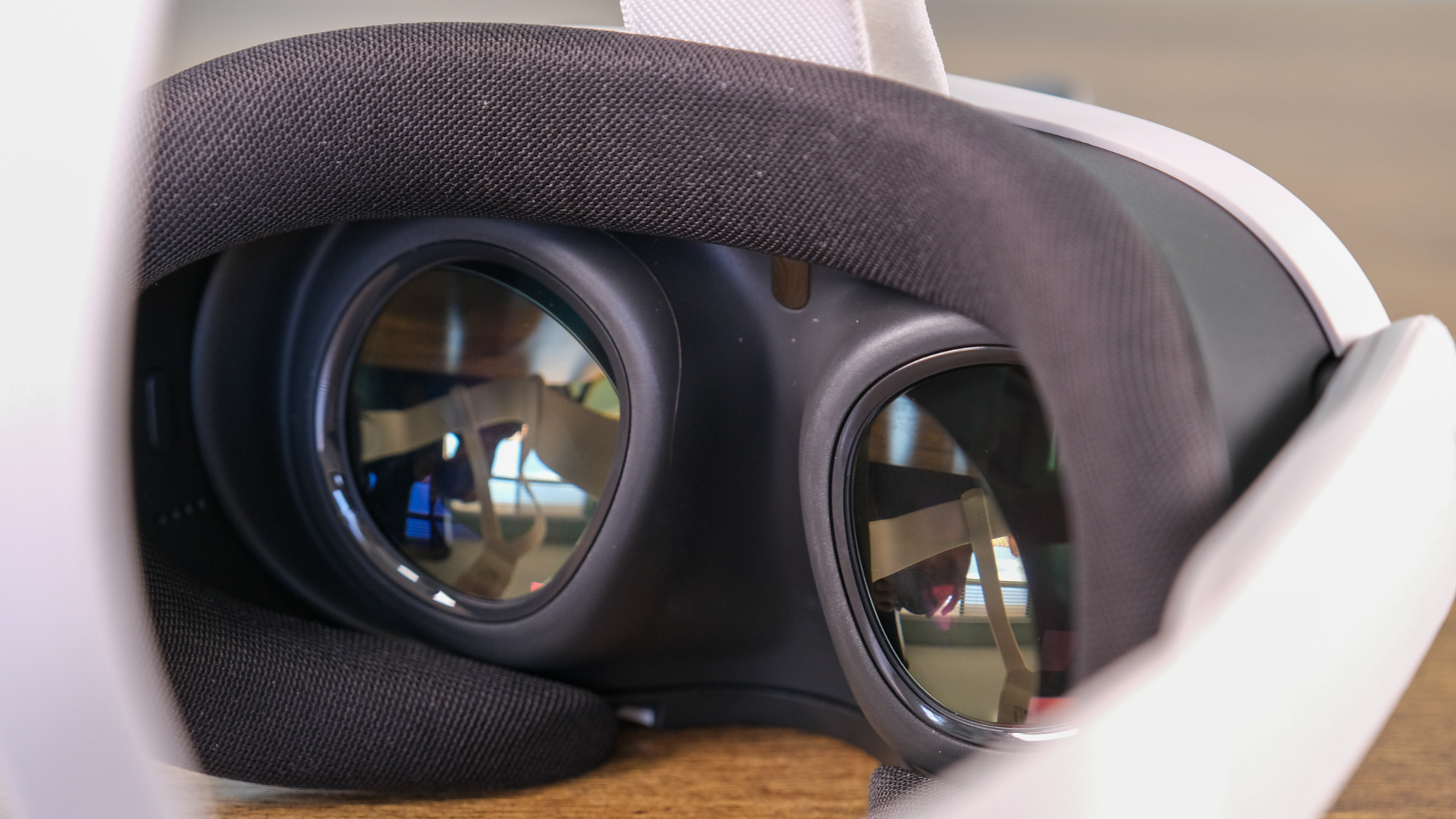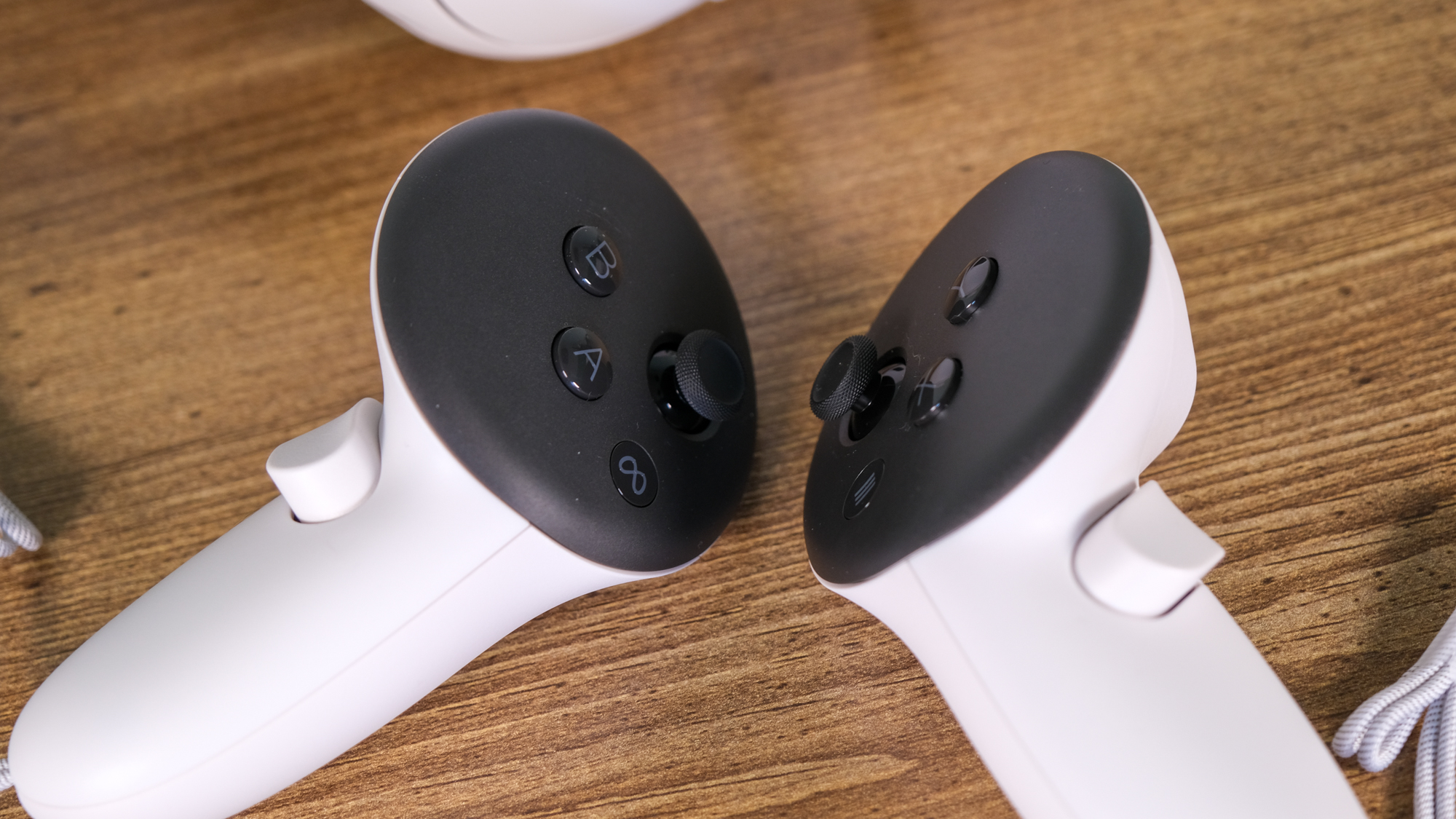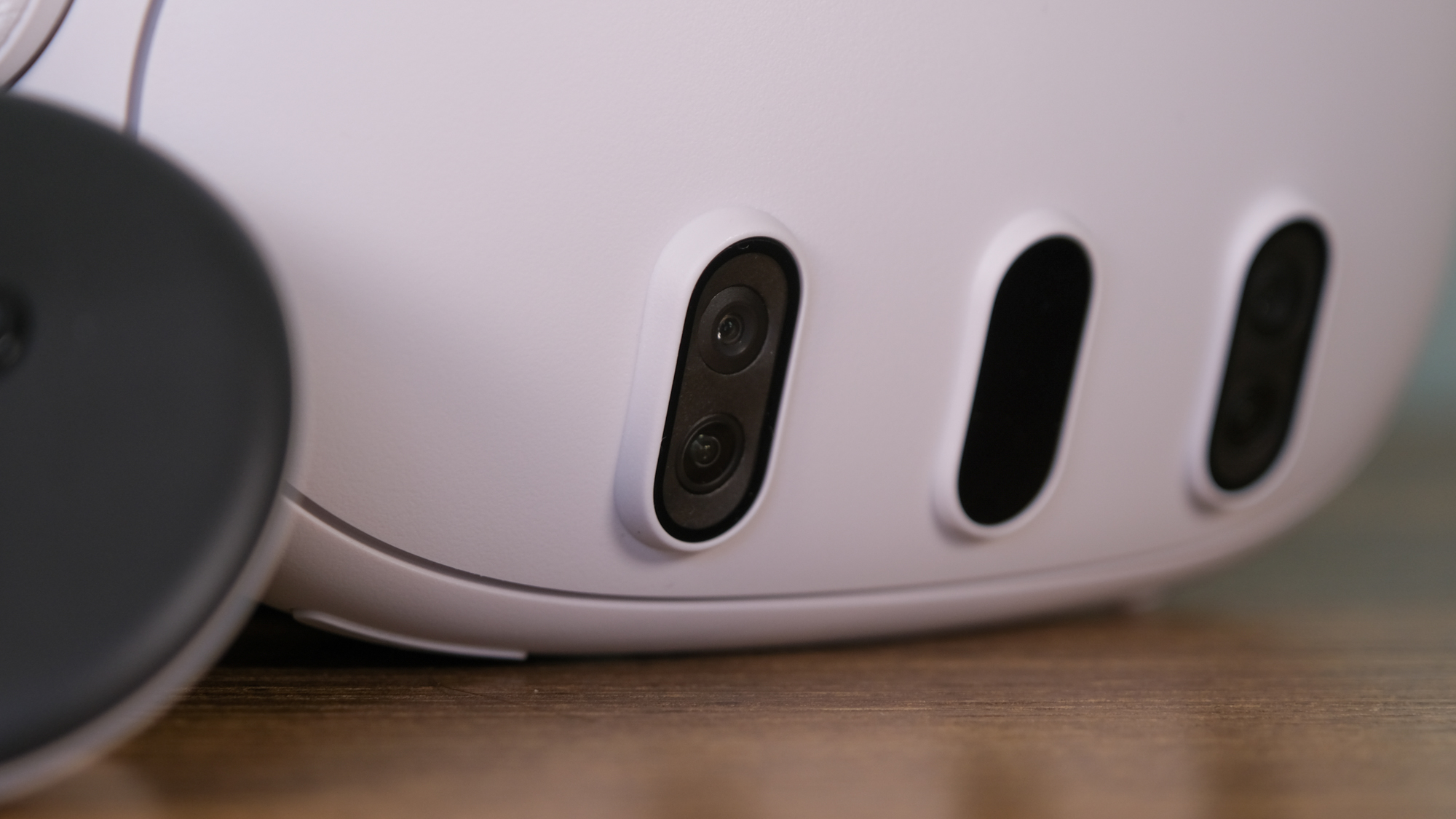The Meta Quest 3 improved on the Quest 2 in almost every single way, but is that enough to justify the higher price?
Pros Better performance Passthrough works well Sound is much better Displays look greatCons Expensive Mixed reality has a long way to goBuy FromList PriceSale Price
$499$499See It
Apple’s Vision Pro headset may be on the way, but at this point, there’s still no real challenger to Meta’s supremacy in the world of virtual reality. Others have attempted to build their own options — and some of those options are pretty nice. But no one has matched Meta’s investment into hardware and the overall ecosystem yet. The Meta Quest 3 continues to build on that investment, improving on the Quest 2 in many ways.
The Quest 3, in many ways, is actually better than the far more expensive Meta Quest Pro that came out last year — but at a much lower price. But, it does raise the price compared to the Meta Quest 2 — bringing the total much closer to that of a traditional gaming console.
But it’s also somewhat of a confusing product. It’s a little unclear if it’s support to be a virtual reality headset or a mixed reality headset, that blends the digital with the analog. Is it worth the cash? I’ve been using the Meta Quest Pro for a while now to find out.
The Meta Quest 3 is obviously related to the Quest 2, but there are a number of design differences. Most notable of those differences are the three oval-shaped windows at the front of the headset, which house the depth sensors, and some of the cameras, used for the new full-color passthrough feature.
Tech. Entertainment. Science. Your inbox.
Sign up for the most interesting tech & entertainment news out there.
By signing up, I agree to the Terms of Use and have reviewed the Privacy Notice.
On top of this design tweak, the Quest 3 is also slimmer than the Quest 2 — which is very helpful. It’s slightly heavier than the Quest 2, but it doesn’t feel like it — in fact, it feels lighter. The Quest 2 wasn’t necessarily overly heavy, but any improvements in weight and weight distribution can only help in the advancement of virtual reality, considering the fact that the headset is worn on your face.
 Image source: Christian de Looper for BGR
Image source: Christian de Looper for BGR
Other aspects of the headset are refined, too. There are volume buttons on the bottom, more cameras dotted around the edges, and so on. There’s also a wheel on the bottom to change the distance between the lenses, which you’ll need to do when you first set up the headset.
Last but not least are the controllers, which are now called the Touch Plus controllers. They’re lighter and smaller than the previous-gen Touch controllers, with the same overall button layout. Keeping the layout is a good thing though — it’s very easy to get used to for those who have used any gaming controller in the past.
Meta Quest 3 displays
The Quest 3 steps things up a little when it comes to display tech. The headset offers a slightly higher-resolution display compared to the Quest 2, offering a resolution of 2064 x 2208 per eye. The displays are not Mini LED displays, like those in the Quest Pro, but they do have a refresh rate of up to 120Hz.
 Image source: Christian de Looper for BGR
Image source: Christian de Looper for BGR
Generally, the displays look nice, but I do think we have a long way to go. OLED tech could really help here, especially when it comes to ensuring that there’s more lifelike contrast.
However, I did find that I was able to easily see text in the headset, which wasn’t necessarily always true of previous models.
The headline feature here, of course, is the improved passthrough tech — and it is dramatically better. In fact, not only is it better than the Quest 2 (by a lot), but it’s also better than the passthrough tech on the Quest Pro. It won’t fool you into thinking that you’re in the real world — but it will allow you to move through the real world in what feels like real-time, so you can walk around your house, take a sip of your coffee, and so on, without having to take the headset off.
 Image source: Christian de Looper for BGR
Image source: Christian de Looper for BGR
I’m not completely sold on actually working in the headset though. I did do some work in virtual reality and even went as far as to pair a keyboard with the headset. It worked quite well, though you’ll need to get used to the unfamiliar feeling of working in a new operating system, which takes time. I wasn’t able to finish a full workday in virtual reality, but I can see that future, and it may not be that far off. We’ll have to see if this is something Apple truly nails.
The headset also relies a little more on hand tracking, and while it definitely seems to work better than on previous Quest headsets, it’s still not the easiest way to interact with the software. I routinely failed to properly grab a window multiple times in a row, and often accidentally selected something without meaning to.
Meta Quest 3 performance
Under the hood, the Quest 3 is powered by a Snapdragon XR2 Gen 2 processor with 8GB of RAM, and it seemed to perform very smoothly. I never experienced lagging or stuttering while using the headset, and it seemed to be able to handle most games with ease.
The audio performance is better, too. The speakers still aren’t all that great at isolating audio, but they get louder and sound a little fuller than the Quest 2.
Meta has been working hard on improving the software built into its headsets, and it shows. The operating system built into the Quest 3 is now relatively easy to navigate, offers a variety of helpful features, and supports a range of great apps. It still needs some work before it’ll be a truly mature operating system, but it’s getting better regularly.
 Image source: Christian de Looper for BGR
Image source: Christian de Looper for BGR
Notably, the headset is getting better and better for gaming. There are now plenty of games available for the Quest 3, and some of them are actually quite impressive. Games like Beat Saber have, of course, always been great on the headset, but other games like Pistol Whip are a joy to play. Hopefully, the ecosystem continues to grow.
Conclusions
The Meta Quest 3 is both confusing and not so confusing, all at the same time. The not-so-confusing part is the fact that the Quest 3 is markedly better at almost everything than the Quest 2, and you can continue to perform those tasks in the new model.
But Meta isn’t really positioning this as “the Quest 2 but better.” The headset is being billed as the “first mixed reality headset,” but I’m not really sure we’re actually there yet. Sure, passthrough works better, but the software doesn’t necessarily truly interact with the real world just yet. Then you add the fact that the Quest 3 is more expensive — at a similar price to a modern gaming console.
The Meta Quest 3 is, simply put, the best virtual reality headset out there. Most people probably won’t do anything radically different in the Quest 3 than in the Quest 2 — but it does begin to lay the groundwork for a mixed reality future.
The competition
There’s no real competition to the Quest 3 right now. There are other options, like the HTC Vive, but they’re not as built out, and the ecosystem surrounding them isn’t quite as impressive just yet. There is more competition coming, notably from Apple, although the price of the upcoming Vision Pro puts Apple’s option on an entirely different planet to Meta.
Should I buy the Meta Quest 3?
Yes. If you’re looking for the best VR headset right now, the Quest 3 is it.
>>> Read full article>>>
Copyright for syndicated content belongs to the linked Source : BGR – https://bgr.com/reviews/meta-quest-3-review/















![[News] China Makes Breakthrough in Chip Technology, Paving the Way for Lithography Advancements – TrendForce](https://earth-news.info/wp-content/uploads/2025/11/324664-news-china-makes-breakthrough-in-chip-technology-paving-the-way-for-lithography-advancements-trendforce-360x180.jpg)















